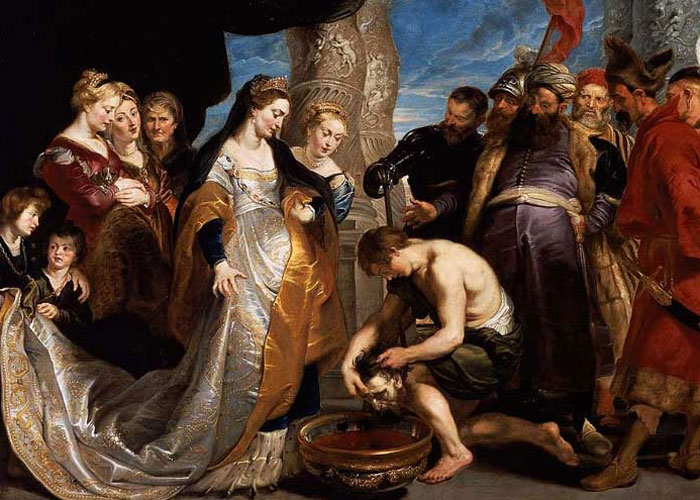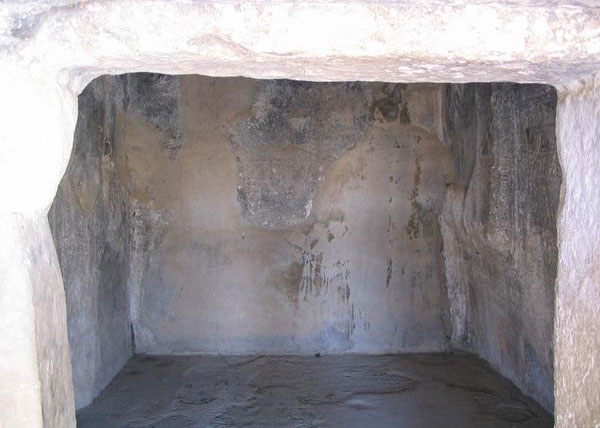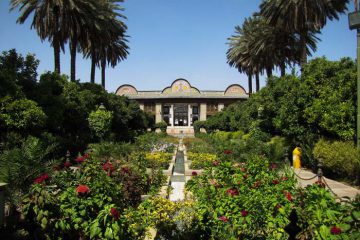Pasargadae | Where “Persia” Began
Pasargadae is located in the plain of Marvdasht, near the city of Shiraz. It was the first dynastic capital of the Achaemenid Empire, under the rule of Cyrus the Great (559–530 BC), which houses also Tomb of Cyrus the Great. Pasargadae archaeological site counts as one of the major Shiraz attractions.
Pasargadae tomb of Cyrus the Great is a unique UNESCO world heritage registered site. Pasargadae Shiraz consists of Pasargadae ruins such as Pasargadae garden and Pasargadae palace. All the interesting facts about the tomb of Cyrus the Great related to Pasargadae architecture, tomb of Cyrus interior, and body of Cyrus are included in this post. As said before, Cyrus the Great tomb is located in the ancient city Pasargad Shiraz.

Tomb of Cyrus the Great
If you are planning to travel to Iran, we as an Iran tour operator urge you to also check out our Iran travel packages:
>> Iran Tours 2020 & 2021 (Click Here)
Where is Pasargadae?
Standing on a lonely plain surrounded by barren mountains, the village of Pasargadae Shiraz is located on the southern side of the Abarkuh Desert, Fars Province. The village inherited its name from the ancient monument that is located in it and this monument is the sole reason to journey to this remote place.
Marked by a stern beauty, the ruins of Pasargadae Empire will bewitch both historians and those with a detective interest in piecing together the clues of an ancient civilization. However, there are not enough clues to go with about Pasargadae Shiraz, but enough as a witness to ancient sophistication in taste and design.
#1 Details of Pasargadae Ruins History
Details of Pasargadae Ruins History : The first capital to the ancient Achaemenid dynasty, Pasargadae Shiraz is also the final resting place for the great king of the Achaemenes; Cyrus II (reigned 559–c. 529 BCE).
The Pasargadae ruins contains:
- Pasargadae garden
- Pasargadae palace (relics of gates and bas-reliefs)
The name Pasargadae has two stories behind it:
- The name might have been driven from the chief Persian tribe, the Pasargadae;
- More valid, it is possible that the original word was ParsaGadeh (Throne of Pars)

View of the Plain from Tall-e Takht
#2 How Did Cyrus the Great Die?
How Did Cyrus the Great Die? Unfortunately, the death of such an important figure is shrouded in myth.
Although Herodotus unfolds the mystery in this way; which he wrote that initially Cyrus was successful in defeating the Massagetae nomads, taking the son of Queen Tymoris as a prisoner. On the son’s committing suicide in captivity, his mother swore revenge, defeating and killing Cyrus.

Queen Tomyris of the Massagetai Receiving the Head of Cyrus the Great – according to accounts by Herodotus
#3 What Should We Know About Pasargadae Garden?
What Should We Know About Pasargadae Garden? The UNESCO world heritage site, Pasargadae, has been recognized as the prototype for Western and Eastern Asian architecture , and design such as the Taj Mahal. Pasargadae garden pattern is called the “Four Gardens”.
The western word ‘’Paradise’’ is originally derived from the ancient Persian word “ Paradaiza” meaning: “garden surrounded by walls”, attributed to Cyrus the Great’s grand Garden of Pasargadae.
Moreover, Pasargadae became a prototype for the Persian Garden concept of four quadrants formally divided by waterways or pathways which its architecture is characterised by refined details and slender verticality.
Several features of the Pasargadae garden differentiate from its Near Eastern predecessors:
- Incorporation of the palace and garden into a combined central focus area;
- Unifying role of the dressed-stone water channels across the royal garden;
- Its geometric layout.
#4 Pasargadae Palace
Pasargadae Palace : Pasargadae palaces, a residential palace and an Audience Hall, are a true testimony to the innovation of the Achaemenes.
The ceremonial centre including most of the discovered palaces of Pasargadae lay almost a kilometre north of the Cyrus the Great tomb in a broad flat tract of land that came to be characterized, exceptionally, by a whole series of contiguous gardens.
The basic unit of design of Pasargadae palaces was the columned audience hall; a representational architectural form that later, had become widely disseminated throughout western Persia during the first few hundred years of the first millennium BCE.

Pasargadae, Palace S, relief bull- and fish-man
While previous Persian columned halls were built with mud-brick walls and wooden columns, Cyrus’s architects for Pasargadae palaces, as elsewhere at Pasargadae, made use of the technically superb stone-working techniques that had recently evolved in Lydia and Ionia, regions then controlled by Cyrus.

Pasargadae, Palace P (photo credit to www.livius.com)
#5 Facts about the Tomb of Cyrus the Great
Facts about the Tomb of Cyrus the Great : Early travelers have described the Pasargadae tomb of Cyrus the Great under the name “the tomb of the Mother of Solomon”.
A focal point to the visitors of Pasargadae, the Cyrus the Great tomb, is the only monument directly described in classical accounts.
After his death, the great king, Cyrus, was buried in Pasargadae tomb of Cyrus the summer of 530 BC. According to literary sources, almost more than two centuries later, Alexander the Great ordered the tomb to be restored affected by the scriptures he had discovered in the tomb. Archaeologists have found no traces of repairs, however.
According to Strabo, the ancient Greek historian, it said:
“Passer-by, I am Cyrus, who founded the Persian Empire, and was king of Asia. Grudge me not therefore this monument.”
#6 Pasargadae Architecture
Pasargadae architecture is said to be a fusion of architectural elements of the kingdom Cyrus the Great conquered.
The stairs’ design belong to Mesopotamian or better to say Elamites’ Ziggurat.
The tomb’s roof is similar to the ones from Urartu.
Some scholars believed that the whole Pasargadae architecture might be from Lydian architecture.

#7 Tomb of Cyrus Interior, Pasargadae Shiraz
Tomb of Cyrus Interior, Pasargadae Shiraz : While now an empty chamber, according to some historic accounts:
When Alexander the Great conquered the kingdom of Cyrus the Great, he commanded one of his warriors, to enter Cyrus the Great tomb. In the tomb of Cyrus interior he found a golden bed, a table set with drinking vessels, a gold coffin, some ornaments studded with precious stones and an inscription on the tomb. However, no trace of any such inscription survives, and there is considerable disagreement to the exact wording of the text.
Also no body attributed to Cyrus the Great has ever been found.

Cyrus the Great Tomb Chamber (photo credit to www.livius.com)
Tomb of Cyrus Opening Hours
Tomb of Cyrus Opening Hours : Everyday, from 8 AM to 6 PM



1 Comment
Jasond · July 9, 2019 at 12:26 pm
I went to the site 2 years ago. I had a private guide with me, who explained a lot about the history of this city, which was amazing! and the ruins, in all simplicity, can overwhelm you! unmissable!